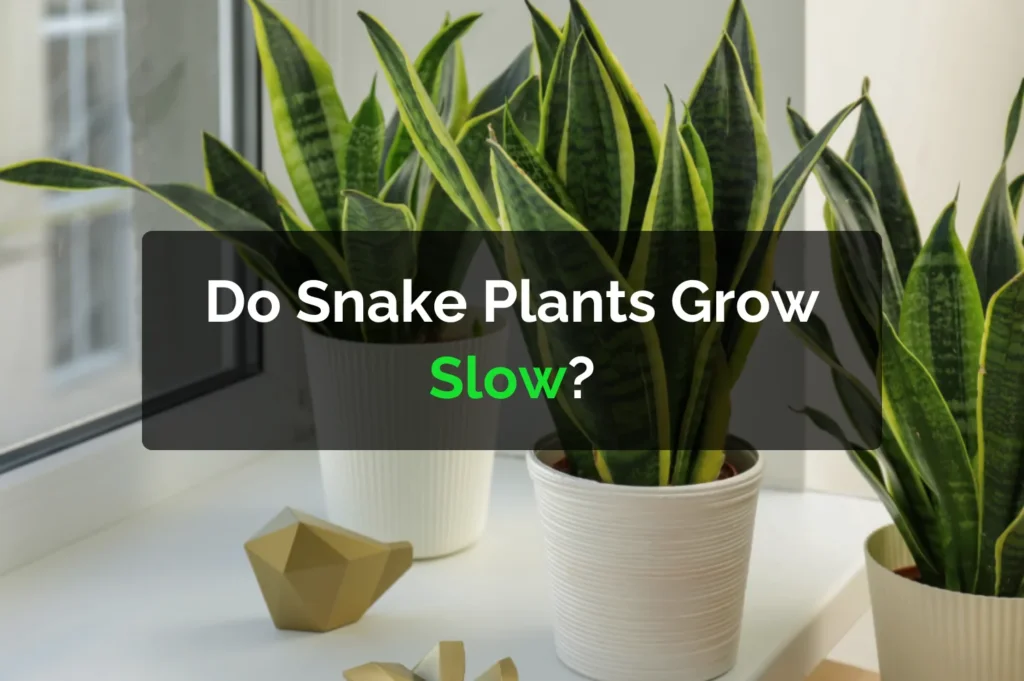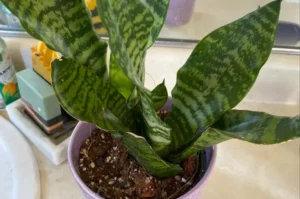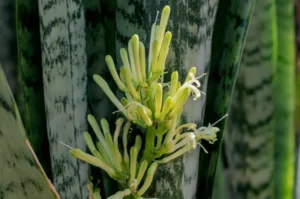If you’re a houseplant lover, chances are you’ve either owned or admired a snake plant. With their upright, sword-like leaves and hardy nature, snake plants (also known as Sansevieria or Dracaena trifasciata) are among the most popular indoor plants. But a question that often puzzles new plant owners is: Do snake plants grow slowly?
In this blog post, we’ll explore the growth rate of snake plants, factors that affect their growth, and what you can do to encourage faster, healthier development.
Understanding Snake Plant Growth Rate
To answer it simply: Yes, snake plants are naturally slow-growing.
But this isn’t necessarily a problem, it’s actually one of the reasons they make such low-maintenance, fuss-free houseplants.
Snake plants typically produce only a few new leaves each growing season. On average, you might expect 2 to 4 new leaves per plant per year under typical indoor conditions. When grown outdoors in ideal climates, especially in tropical or subtropical zones, their growth may be slightly faster.
Why Snake Plants Grow Slowly
There are several reasons why snake plants are slow growers. Some of them are rooted in their biology, while others depend on environmental conditions. Here’s a breakdown:
1. Drought-Tolerant Nature
Snake plants are succulent-like, which means they store water in their leaves and roots. This adaptation allows them to survive in dry conditions but also slows down their metabolism. Since they don’t need to grow rapidly to survive, they prioritize water retention and durability over fast growth.
2. Minimal Nutritional Needs
Snake plants aren’t heavy feeders. They can survive in poor soil and don’t demand frequent fertilization. This conservative use of nutrients contributes to their slow, steady growth habit.
3. Low Light Tolerance
While snake plants can tolerate low-light conditions, they don’t thrive in them. Low light slows photosynthesis, which in turn reduces their growth rate. Placing your plant in brighter, indirect sunlight can significantly improve growth.
Factors That Affect How Fast Snake Plants Grow
If you’re eager to see your snake plant grow faster, it helps to understand what factors influence their growth:
1. Light Exposure
Light is the single most critical factor. Snake plants tolerate low light but grow best in bright, indirect sunlight. Direct sunlight for a few hours a day is beneficial, but too much can scorch the leaves.
Tip: Place your snake plant near an east or west-facing window for optimal light.
2. Watering Schedule
Overwatering is a common mistake. Since snake plants are prone to root rot, it’s better to underwater than overwater. Water only when the soil is completely dry, typically once every 2–3 weeks in summer and even less in winter.
Note: Underwatering will slow growth slightly, but overwatering can halt growth entirely due to root damage.
3. Temperature and Humidity
Snake plants prefer warm temperatures between 65°F to 85°F (18°C to 29°C). Growth slows dramatically when temperatures drop below 50°F (10°C). They also tolerate low humidity, making them suitable for most homes.
4. Pot Size and Soil Type
If the plant is root-bound, it might grow slowly. Repotting every 2–3 years into a slightly larger pot with well-draining soil can stimulate new growth.
Best soil mix: A combination of cactus soil with some added perlite or coarse sand.
5. Fertilizer Use
While not necessary, feeding your snake plant with a balanced liquid fertilizer once a month during the growing season (spring and summer) can give it a boost. Avoid fertilizing in winter, when the plant naturally goes dormant.
When to Expect Growth
Snake plants typically enter an active growth period in spring and summer. During fall and winter, they go into dormancy, and growth almost completely stops.
If you’ve recently bought a snake plant and don’t see any growth in the colder months, don’t worry. This is perfectly normal.
Can You Make Snake Plants Grow Faster?
While you can’t change their genetic tendency to grow slowly, you can help them grow at their best possible rate by optimizing the conditions:
- Bright, indirect light: Speeds up photosynthesis
- Infrequent watering: Avoids root rot and stress
- Proper pot and soil: Encourages root expansion and healthy leaf development
- Seasonal feeding: Provides nutrients during active growth periods
With the right care, you’ll start to see healthy new shoots and leaves within a few months.
Signs of Healthy Growth in Snake Plants
Even if your snake plant grows slowly, it will show signs that it’s healthy:
- New leaves are emerging from the base
- Upright, firm, and vibrant leaves
- No yellowing or soft, mushy leaves
- Gradual outward growth or expansion at the root level
If you notice stunted growth, browning, or leaf curl, it’s worth reviewing your care routine.
Common Mistakes That Slow Growth Even More
Avoid these mistakes to ensure your snake plant stays on track:
- Overwatering: Causes root rot
- Insufficient light: Slows down photosynthesis
- Using heavy or poorly draining soil: Traps water around roots
- Keeping the plant in a cold draft: Stress slows all growth
- Over-fertilization: Can lead to salt buildup and leaf burn
Conclusion
Snake plants are not fast growers, but that’s part of their charm. Their slow, steady nature means less maintenance and fewer worries about frequent repotting or trimming. Instead, they offer a consistent, long-lasting presence in your space.
If you’re giving your plant the right environment and care, just be patient. The rewards of a taller, fuller plant will come in time.






